TECH TUESDAY: The missing puzzle piece expected to fall into place during Bahrain testing

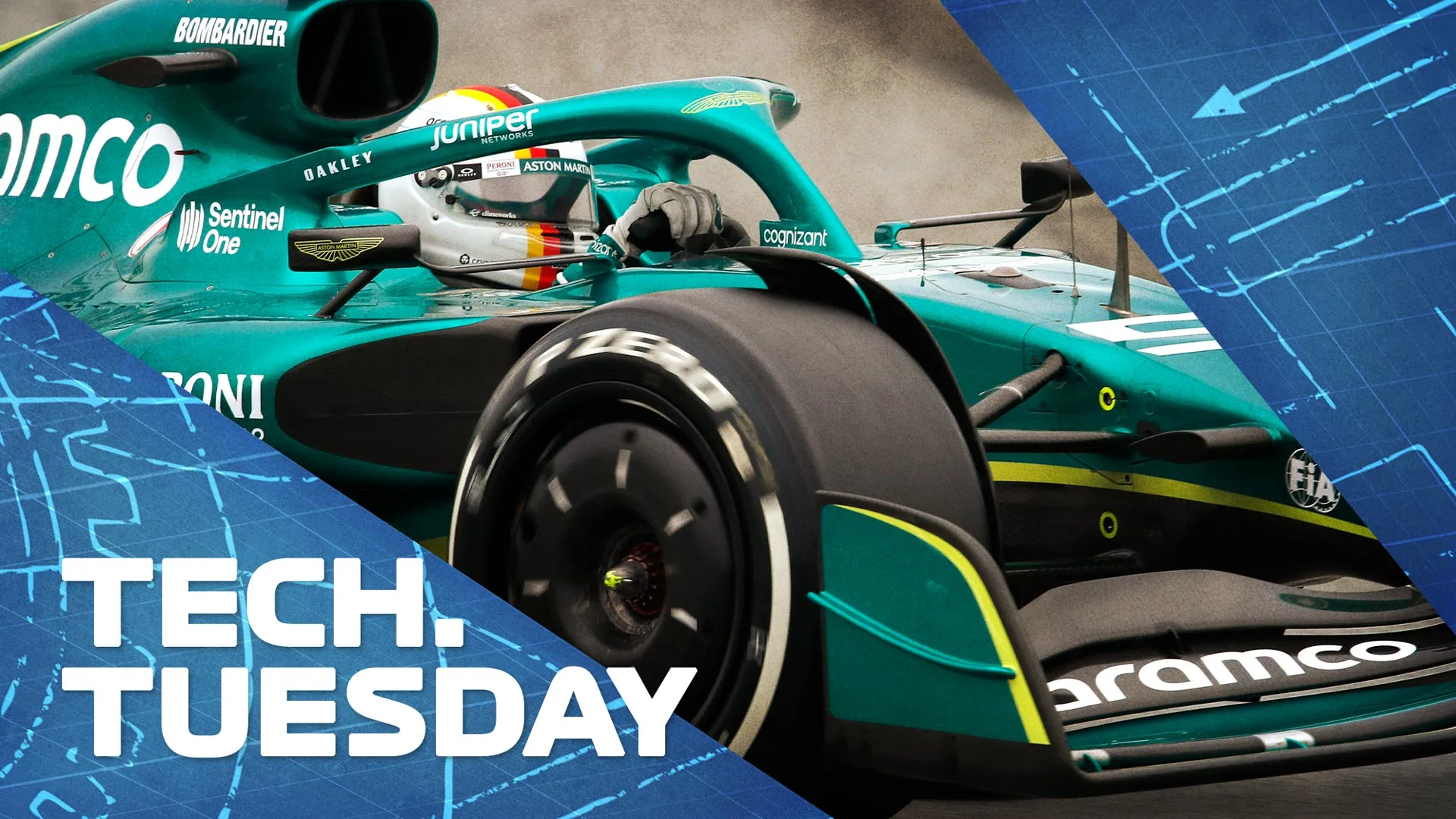
Mark Hughes looks at an aspect of the Official Pre-Season Test that many may have overlooked: The crucial role Pirelli tyres will play this season...
In F1’s quest to improve the quality of the on-track racing, how the new generation of Pirelli tyres perform is going to be every bit as crucial as the new aerodynamic regulations. There is much more that is different about the new generation of tyres than just the increase from 13-inch to 18-inch diameter. They have been designed to meet an entirely different set of requests from F1.
READ MORE: Pirelli brimming with positivity for 2022 prospects after Barcelona running
During this week’s three-day test around Bahrain’s demanding Sakhir circuit, we will get a much fuller picture of that performance than was possible during the Barcelona running two weeks ago.
Not only can the cars be expected to do more extended race stint simulations, but the track itself puts the tyres through a notoriously tough workout, which will more fully reveal how hard the rubber can be pushed.
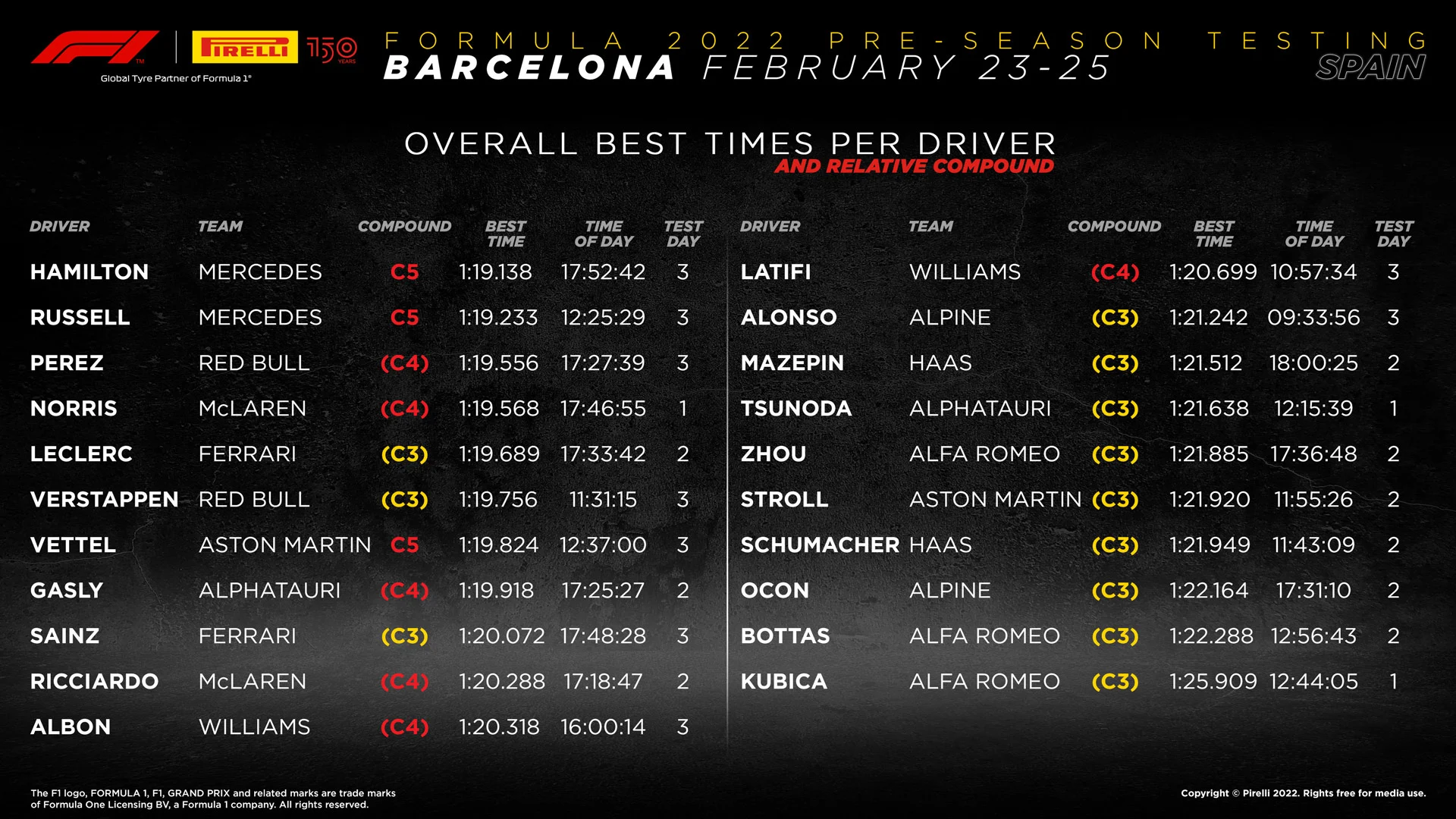
The big tyre challenge of Sakhir is keeping the rears from overheating. Previously, thermal degradation was the dominant mechanism defining how fast a driver could run their race around this track. Likely, that will still be the case. It would be almost impossible for it to be otherwise such is the nature of the track, with its long duration corners, not much straight-line running in between (for the tyres to cool) and high number of traction zones.
But if Pirelli has got their simulations right, there should be a critical difference: their performance should be recoverable after a brief period of the driver easing off after they have become too hot. Previously, once the tyres had become too hot, the compound was permanently damaged and would no longer be elastic enough to give good grip even after they’d been allowed to cool.
READ MORE: Why ripples and curls adorn the floors of the 2022 cars
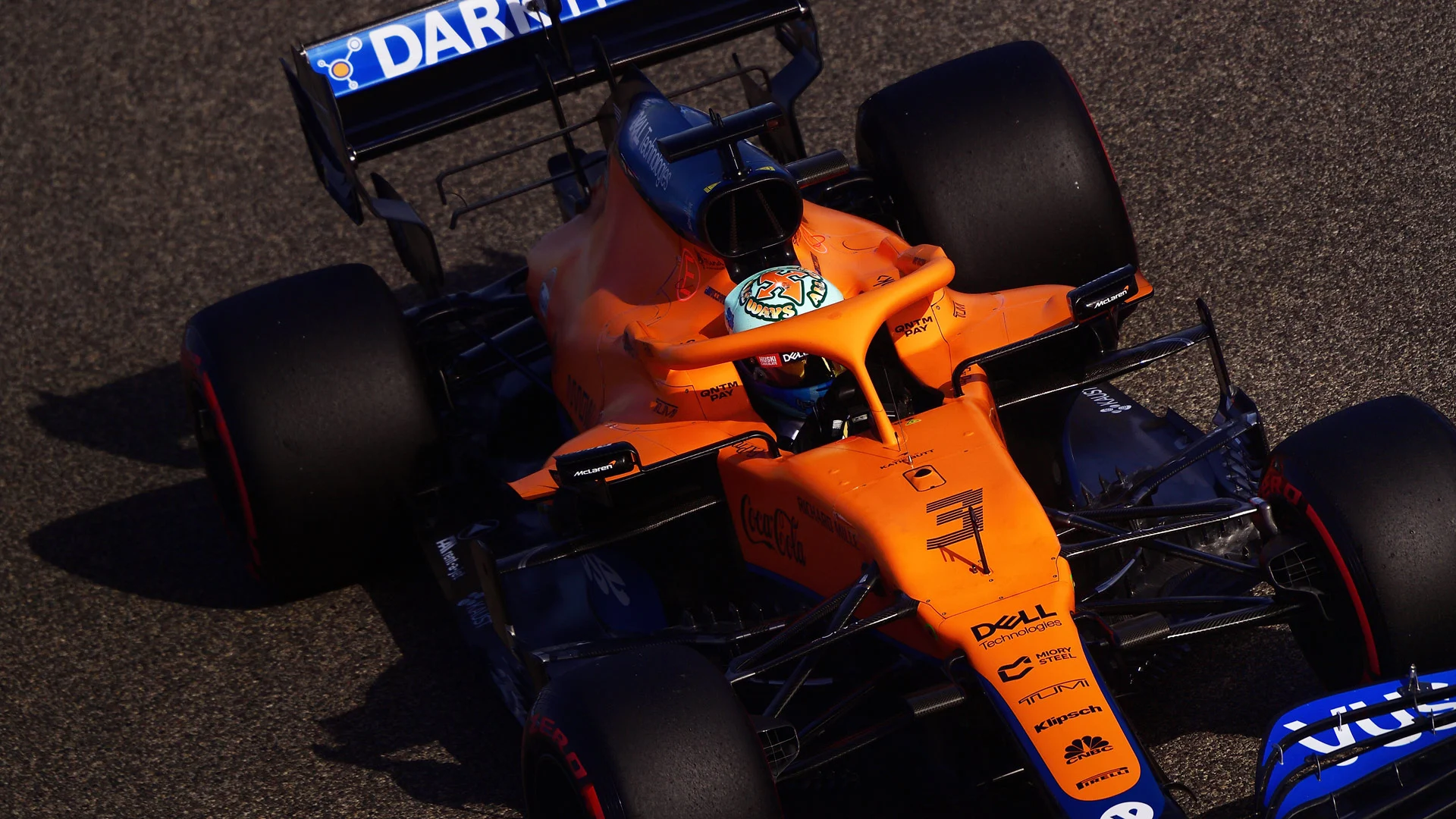
Even at tracks less demanding of the tyres than Bahrain, this was often the dominant factor determining the race pace. To get the required stint lengths drivers would often have to drive whole chunks off the pace to keep the tyre away from the temperature threshold at which it would be damaged. The was incompatible with being able to push hard and racing wheel-to-wheel – not just at Bahrain, but at many of the tracks on the calendar.
Now that the aerodynamics have been configured specifically to facilitate more on-track wheel-to-wheel racing, the demands of the tyres have changed too.
READ MORE: Why new floors should help enhance F1's wheel-to-wheel action in 2022
Pirelli’s Head of Motorsport Mario Isola talked in Barcelona about the early signs of how the new tyres were performing: “These cars present a different challenge for the tyre because they have more downforce at high speed but much less downforce than before at low speed.
“The compounds were working well but it’s difficult to say what the gap between compounds is because we are not facing the sort of track temperatures we will see here in May [for the Spanish Grand Prix].
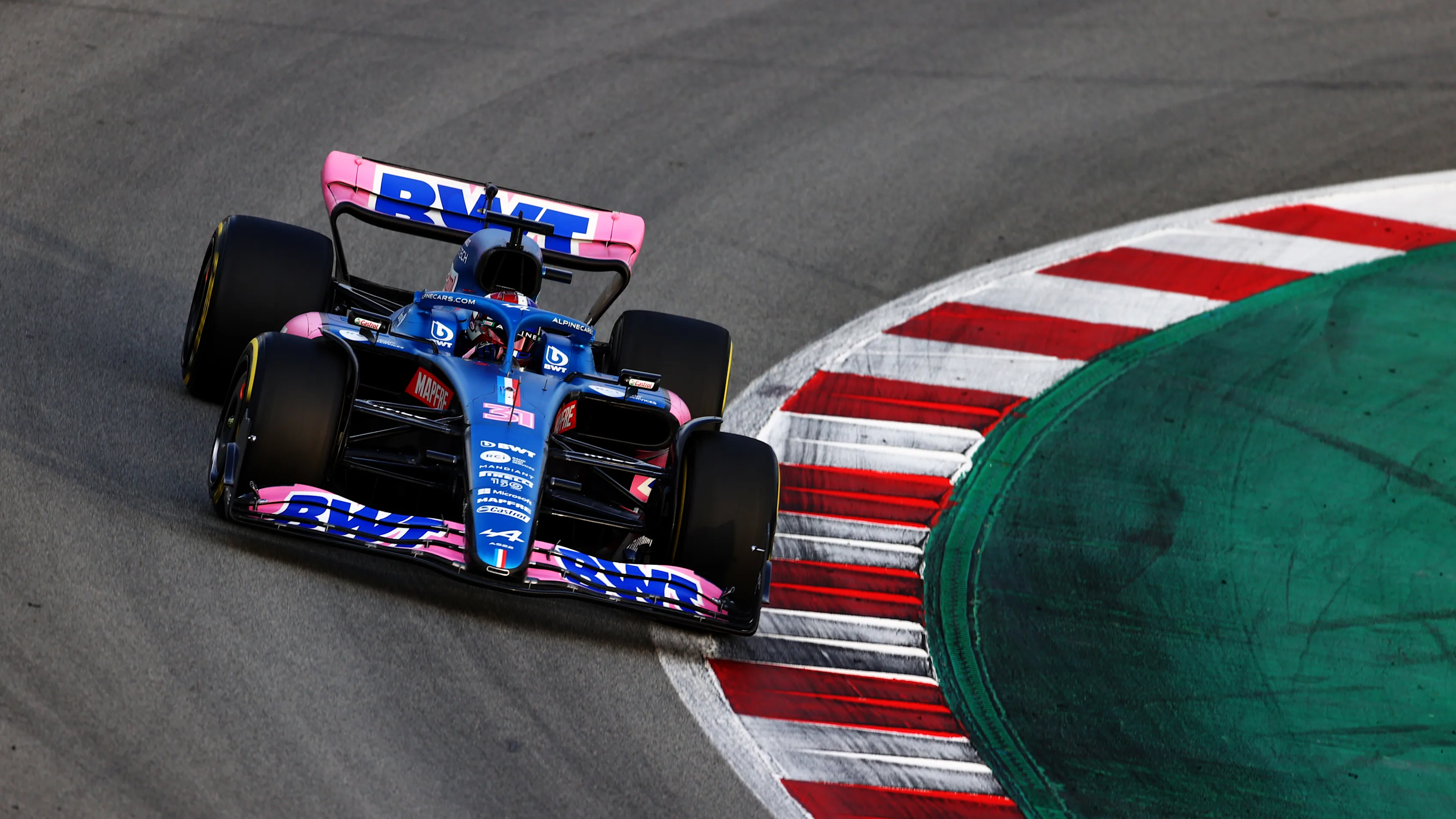
“In terms of consistency, the drivers are saying that after a period of aggressive driving the tyre can recover the grip. That was something they asked for. They should need less pace management because of the characteristic of the new compounds – with a wider working range and less overheating, degradation should be quite low. We really need to wait for Bahrain where we will have a proper comparison.”
Keeping the tyres in their correct working temperature range has been made more challenging by the new regulation wheel covers which enclose the wheel to prevent teams directing air through their centres via the brake ducts as an aerodynamic device. This change is part of making the car less aerodynamically disruptive but brings associated challenges for the tyres.
READ MORE: Variance in 2022 designs 'fascinating' say team bosses Wolff, Horner and Seidl
Again, Isola is cautiously optimistic: “We were quite relieved with what we saw in Barcelona because although we tested the new tyres at Abu Dhabi last year, it was not possible to have the new wheel covers on the old cars because of the way the wheels and brake ducts were mounted. This was the first time we tried with the covers, and it met with our expectation – but of course the real test for this will be Bahrain.”
So, the long runs in Bahrain testing will assume even more significance than usual as they will be revealing just what sort of racing we can expect for the whole season.
F1 TV Pro subscribers can watch Bahrain pre-season testing live and on demand, access exclusive live timing, as well as Tech Talk debriefs. Subscribe now and save 20% on your Annual F1 TV Pro subscription. Offer Valid in selected territories on web and apps until March 13th. T&Cs apply
Coverage of the Official Pre-Season Test is also available live in selected territories via your F1 broadcaster.
Next Up
Related Articles
 JacquesHow did the rookies do in their first F1 season?
JacquesHow did the rookies do in their first F1 season?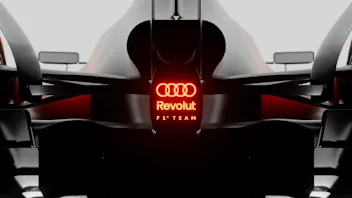 Audi announce team name and global launch date for 2026 challenger
Audi announce team name and global launch date for 2026 challenger UnlockedQUIZ: 10 questions on the new World Champion Lando Norris
UnlockedQUIZ: 10 questions on the new World Champion Lando Norris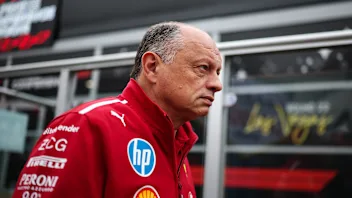 Vasseur says he misjudged impact of switching focus to 2026
Vasseur says he misjudged impact of switching focus to 2026 ‘I have achieved my dream, that little boy's dream’ – Norris
‘I have achieved my dream, that little boy's dream’ – Norris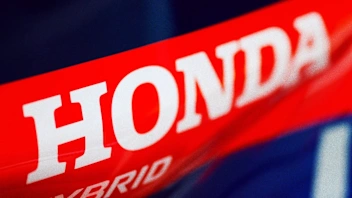 Honda reveal details around power unit launch
Honda reveal details around power unit launch